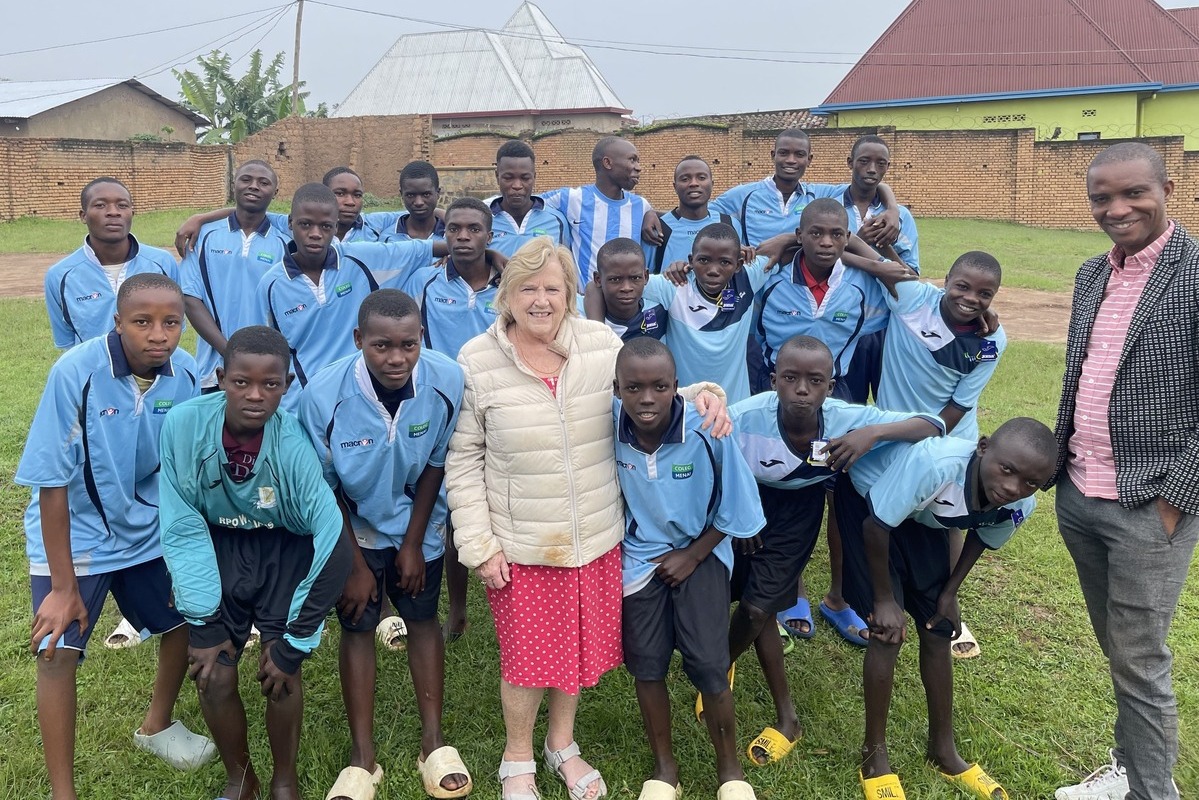The Video Game Magic Being Used to Preserve Threatened Languages

Conserving and protecting indigenous, threatened or non-dominant languages is, I think most people agree, quite important.
What most people may know about this preservation work is that today, preserving language is being done with powerful AI-aided technology and a dash of digital magic. Constantly improving technologies allow linguists and engineers to not just safeguard a language but to turn it into an accessible staple of education – allowing young students to see and read and hear what these at-risk languages and dialects look and sound like when spoken by original speakers.
ReadSpeaker is a technology text-to-speech company with several widely used products that make written material more accessible to learners by reading books or assignments or test questions. And though TTS technologies have been around for a long time, AI and machine learning have made automated speech and voice products immensely good in quality and unbelievably versatile.
That same underlying text-to-speech technology now gives many video games their voice, and voices. When superheroes or wizards or make-believe commandos talk, it’s usually AI text-to-speech behind the curtain. While actors are involved, they almost never say every line in a game. In fact, you may be surprised how many voices you hear in a video game or in a movie aren’t being spoken by live, human voice anymore. Instead, with the combination of experienced linguists, top-end AI technology, and a handful of very precise recording sessions, we can make any voice say any line possible, in any language.
The same technology is also used to bring personality to assistive audio devices, personal navigation platforms and public transit systems. Real people don’t make public announcements of train schedules anymore. That’s voice computer stuff.
Quietly and more importantly, that same speaker-to-voice creation technology that’s used to add items to your shopping list simply by saying them out loud or used to give superheroes their character is making any language essentially immortal – giving it life and purpose and adaptability in perpetuity.
Those AI and audio technologies are, for example, allowing schoolkids in South Africa to not just see books written in the indigenous isiZulu language, but to hear those books spoken with an authentic accent and intonation. For languages that are vulnerable, overlooked, or spoken by very small groups of people, hearing this very human quality of voice, spoken by native speakers with authentic accents and pronunciations, is truly its own kind of magic.
That tech magic is critically needed. According to published reports, a language falls into extinction every two weeks, and along with it, a culture, history, and identity evaporate. Giving these languages life as reading and teaching materials, matters. And making these languages part of education means they don’t languish on the digital shelf. It’s one thing to create the digital voice. The next step is to make them live on for future generations, attached to their learning materials, easily accessible, and reliably available.
The same report referenced above also noted that 40 percent of the world’s population are not formally taught the language they speak or understand, which makes their longevity unstable. Take isiZulu again. It’s estimated that only about 5 percent of the books published for children in South Africa are in isiZulu even though it’s spoken by nearly a quarter of the population.
This, of course, has led to calls to write and publish more in these non-favored languages, especially for children. With AI technology, as those and other books emerge, young people can hear the language as well as read it – making it alive, forever.
As of today, ReadSpeaker has a vibrant library of 68 languages available for text-to-speech – several of them vulnerable, indigenous, or both. New rare and non-dominant languages are being added all the time. Catalan, a regional language in Spain that was once at risk of extinction, is in development.
Commercially, there is a small market for many of these threatened or disfavored languages. And it seems that AI technologies often receive attention when they make markets or scale business opportunities. That’s too bad because when at-risk or non-dominant languages are added to digital, AI-powered audio libraries, they enrich us all.
Putting AI power behind native or overlooked languages and voices is an important, even vital, use for some of the commercial technology that allows heroes to talk. It’s just that, when used this way, those hero voices are not just in video games. They’re in classrooms and reading books to children in languages such as isiZulu and dozens of others, which can feel like real magic.
By Amy Foxwell
Amy Foxwell is a Global Marketing Director for ReadSpeaker, a text-to-speech and voice company empowering brands, companies, and educational institutions around the world to make information, education and entertainment more accessible and engaging with cutting-edge technology.











Responses